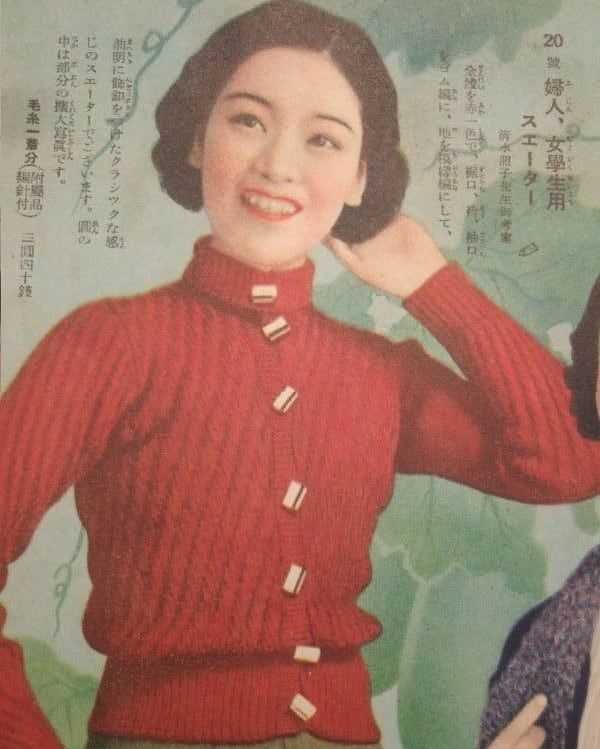
Japanese knitting patterns are known for their intricate designs and attention to detail. With a rich cultural history in knitting, Japan has developed a unique style that sets it apart from other knitting traditions around the world. From simple stitch patterns to complex lace designs, Japanese knitting patterns offer a wide range of options for knitters of all skill levels.
What sets Japanese knitting patterns apart is their combination of tradition and modernity. While they draw inspiration from traditional Japanese motifs and techniques, they also incorporate contemporary elements to create designs that are both timeless and trendy. This blend of old and new makes Japanese knitting patterns versatile and appealing to a global audience.
One of the distinguishing features of Japanese knitting patterns is the use of charts instead of written instructions. These visual representations allow knitters to easily understand and follow the pattern, regardless of language barriers. Additionally, Japanese knitting patterns often prioritize creating a seamless and clean finish, with techniques like short rows and three-needle bind-offs commonly used.
Whether you’re a beginner or an experienced knitter, Japanese knitting patterns offer endless inspiration and opportunities for learning. From cozy sweaters to delicate shawls, their wide range of designs caters to different tastes and preferences. So why not dive into the world of Japanese knitting patterns and discover the beauty of this unique knitting tradition?
Japanese Knitting Patterns
Japanese knitting patterns are known for their intricate designs and attention to detail. These patterns often feature complex stitch patterns and unique construction methods that can challenge even experienced knitters.
One of the distinct characteristics of Japanese knitting patterns is their focus on texture. These patterns often incorporate a variety of different stitches and techniques to create interesting and three-dimensional fabrics. Popular stitch patterns in Japanese knitting include lace, cables, and twisted stitches, all of which add depth and visual interest to the finished piece.
Japanese knitting patterns also tend to have a minimalist aesthetic, with clean lines and simple silhouettes. This focus on simplicity allows the intricate stitch patterns to take center stage and showcase the beauty of the knitted fabric. Moreover, Japanese patterns often use natural fibers like silk, cotton, and wool, which further enhance the overall elegance and sophistication of the finished garment.
Another notable feature of Japanese knitting patterns is their emphasis on fit and proportion. Japanese designers pay great attention to creating patterns that flatter the body and enhance the wearer’s figure. This attention to detail extends to the construction methods used in Japanese knitting patterns, which often involve seamless or minimal seaming techniques to create a more polished and professional finish.
In summary, Japanese knitting patterns are characterized by their intricate stitch patterns, minimalist aesthetic, and emphasis on fit and proportion. These patterns offer knitters an opportunity to explore new techniques and create beautifully textured and well-fitting garments. Whether you’re a beginner or an advanced knitter, Japanese knitting patterns can provide a wealth of inspiration and challenges to enhance your knitting skills.
History of Japanese Knitting
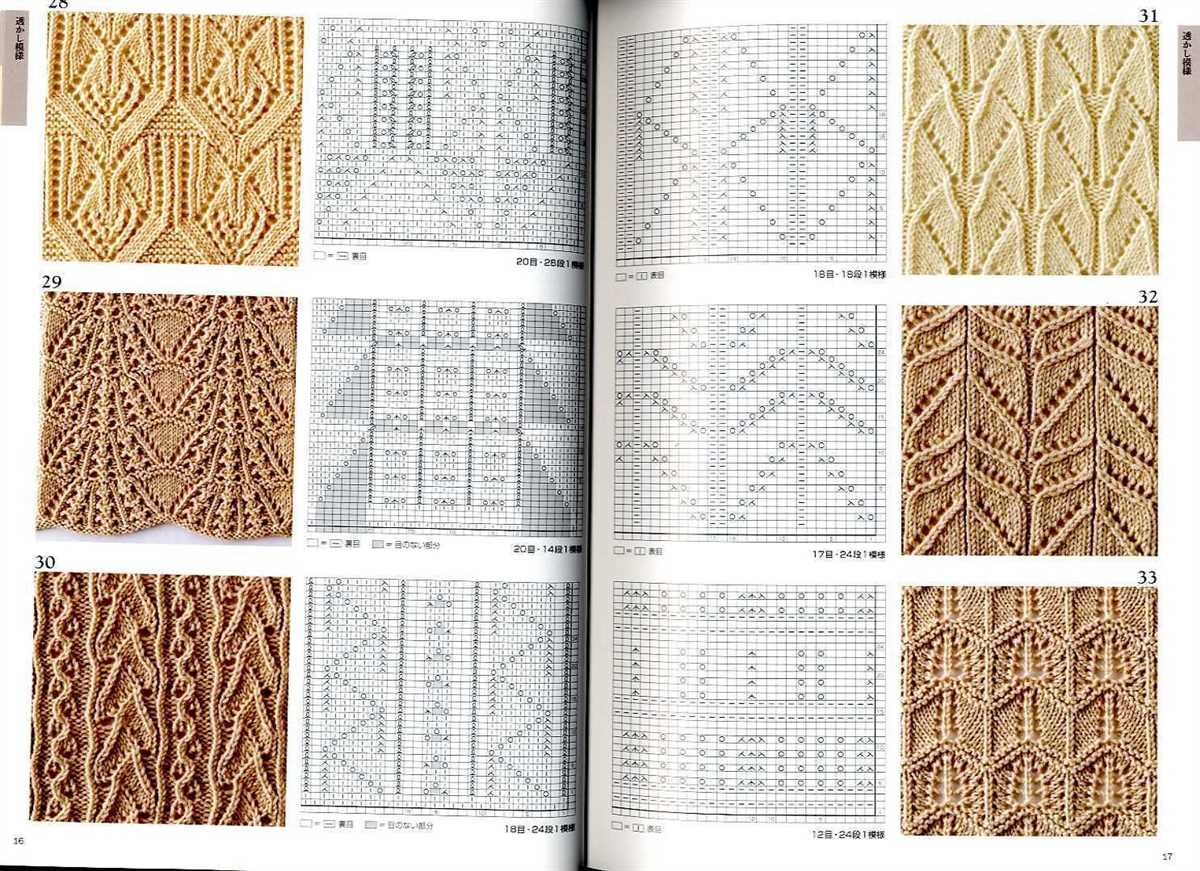
Knitting has a long and rich history in Japan, dating back several centuries. The origins of knitting in Japan can be traced back to the 17th century, when it was introduced by Portuguese traders. Initially, knitting was primarily practiced by the elite samurai class, who used it to create garments and accessories for themselves and their families. Over time, the craft spread to other social classes and became more popular among the general population.
During the Edo period (1603-1868), knitting in Japan underwent a significant transformation. It was during this time that the technique of circular knitting, which is characteristic of Japanese knitting patterns, was developed. Circular knitting allowed for the creation of seamless garments, which were highly valued for their comfort and durability. The technique was further refined and perfected by skilled knitters, leading to the distinctive style of Japanese knitting that is still admired today.
Japanese knitting patterns are known for their intricate and delicate designs, often featuring motifs inspired by nature, traditional Japanese art, or geometric patterns. The use of color is also an important element in Japanese knitting, with many patterns incorporating multiple shades to create visually stunning effects. Traditional Japanese knitting patterns typically use fine yarns and small needles, resulting in lightweight and finely detailed creations.
- Key factors that contribute to the popularity of Japanese knitting:
- Attention to detail and precision in design.
- Focus on creating beautiful and functional garments.
- Integration of traditional Japanese aesthetics and motifs.
- Use of high-quality materials and craftsmanship.
Today, Japanese knitting continues to thrive and evolve, with a wide range of patterns and designs available to knitters around the world. Whether you are a beginner or an experienced knitter, exploring the world of Japanese knitting can be a rewarding and creative journey.
Characteristics of Japanese Knitting Patterns
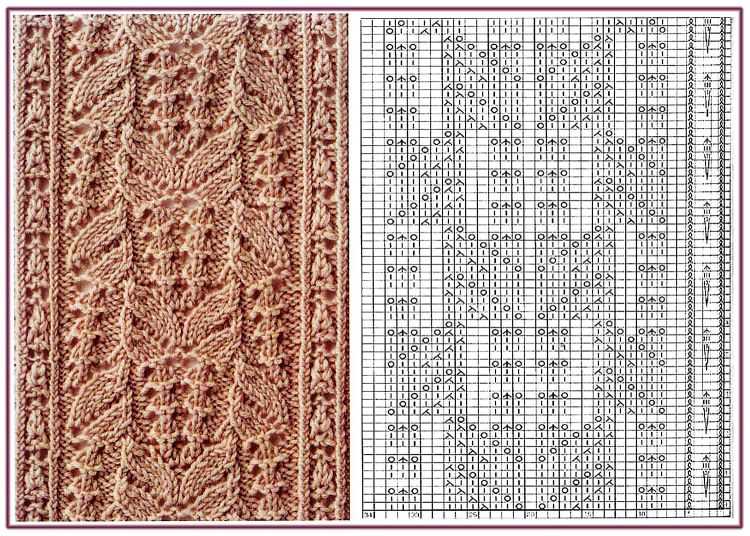
Japanese knitting patterns are known for their exquisite attention to detail and unique design elements.
One distinguishing characteristic of Japanese knitting patterns is the use of intricate stitch patterns. From delicate lacework to intricate cable designs, Japanese patterns often feature complex stitches that create beautiful textures in the final knitted piece. These patterns may require more advanced knitting skills, but they result in stunning, one-of-a-kind garments.
Another characteristic of Japanese knitting patterns is the emphasis on simplicity and minimalism. Japanese design aesthetics often favor clean lines and understated elegance, and this is reflected in their knitting patterns. The focus is on the quality of the stitches and the choice of yarn, rather than on overly complicated or decorative elements. This allows the beauty of the knit fabric and the craftsmanship to shine through.
Japanese knitting patterns also typically include clear and detailed instructions. The patterns often include charts and diagrams in addition to written instructions, making them accessible to knitters of different skill levels. The attention to detail in the instructions ensures that the knitter can accurately recreate the intended design and achieve the desired results.
In addition, Japanese knitting patterns often incorporate traditional motifs and symbols. These motifs can range from cherry blossoms to geometric patterns, and they add a touch of cultural significance to the knitted piece. These motifs are often integrated seamlessly into the overall design, resulting in a harmonious and visually appealing finished product.
Overall, Japanese knitting patterns are a testament to the artistry and craftsmanship of Japanese knitting tradition. The combination of intricate stitch patterns, minimalistic design, clear instructions, and cultural motifs make Japanese knitting patterns a unique and highly sought-after choice for knitters around the world.
Traditional Japanese Knitting Stitches
Japanese knitting stitches are known for their intricate patterns and attention to detail. These traditional stitches have been passed down through generations, and they continue to be widely used in modern knitting projects. Each stitch has its unique name and design, creating stunning textures and motifs in knitted garments and accessories.
Garter Stitch (Moss Stitch): One of the basic stitches in Japanese knitting, the garter stitch is created by knitting every row. This stitch creates a textured fabric that is both stretchy and warm. The garter stitch is often used for scarves, blankets, and simple garments.
Seed Stitch (British Moss Stitch): Also known as the British moss stitch, the seed stitch is a pattern created by alternating knit and purl stitches in the same row. This stitch produces a bumpy texture that resembles the seeds on a plant, hence its name. The seed stitch is commonly used for border trims and decorative details.
- Bamboo Stitch: Inspired by the shape of bamboo leaves, this stitch pattern creates diagonal lines that resemble the veins of a leaf. The bamboo stitch is often used for scarves, shawls, and lightweight garments.
- Honeycomb Stitch: This stitch pattern resembles the hexagonal cells of a honeycomb. It is created by combining knit and purl stitches to form a textured fabric. The honeycomb stitch is popular in sweaters and blankets, as it adds warmth and visual interest to the design.
- Waffle Stitch: As the name suggests, the waffle stitch creates a fabric that resembles the texture of a waffle. It is achieved by knitting and purling in a specific pattern, resulting in raised squares. The waffle stitch is commonly used for dishcloths, potholders, and textured accessories.
These are just a few examples of the many traditional Japanese knitting stitches available. Each stitch has its own unique charm and can be combined in various ways to create stunning patterns and designs. Japanese knitting stitches are not only beautiful but also a reflection of Japan’s rich textile traditions and craftsmanship.
Popular Japanese Knitting Designs
Japanese knitting patterns are known for their intricate detailing and elegant designs. These patterns often incorporate traditional Japanese motifs and techniques, resulting in unique and eye-catching knitted garments.
One popular Japanese knitting design is the “sakura” or cherry blossom pattern. Cherry blossoms hold a special significance in Japanese culture, symbolizing the beauty and fleeting nature of life. The delicate petals of the cherry blossom are often depicted in knitting patterns, creating a soft and feminine look in the finished garment.
Traditional Patterns
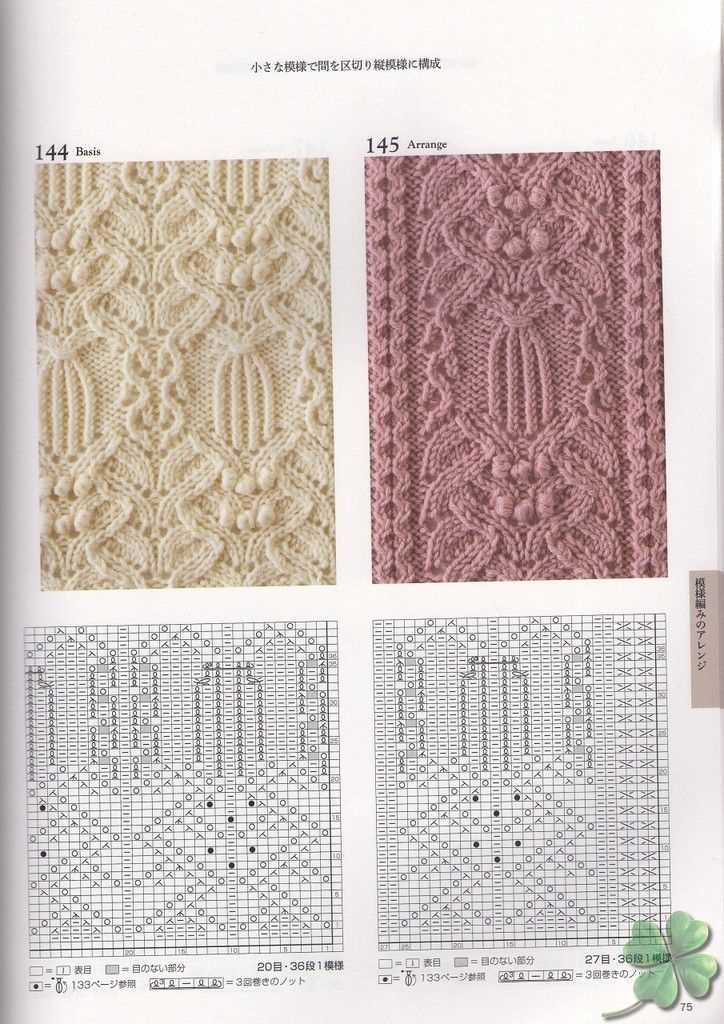
Traditional Japanese knitting patterns, such as the “kamon” or family crest pattern, are also highly sought after. These intricate patterns feature geometric shapes and symbols that represent a specific family or clan. Knitting a garment with a kamon pattern is a way to honor one’s heritage and showcase a unique piece of Japanese culture.
Another popular motif in Japanese knitting is the “koi” or carp pattern. These fish are highly respected in Japanese culture and are often associated with strength and perseverance. The koi pattern is often incorporated into sweaters, scarves, and blankets, creating a bold and vibrant design.
Contemporary Designs
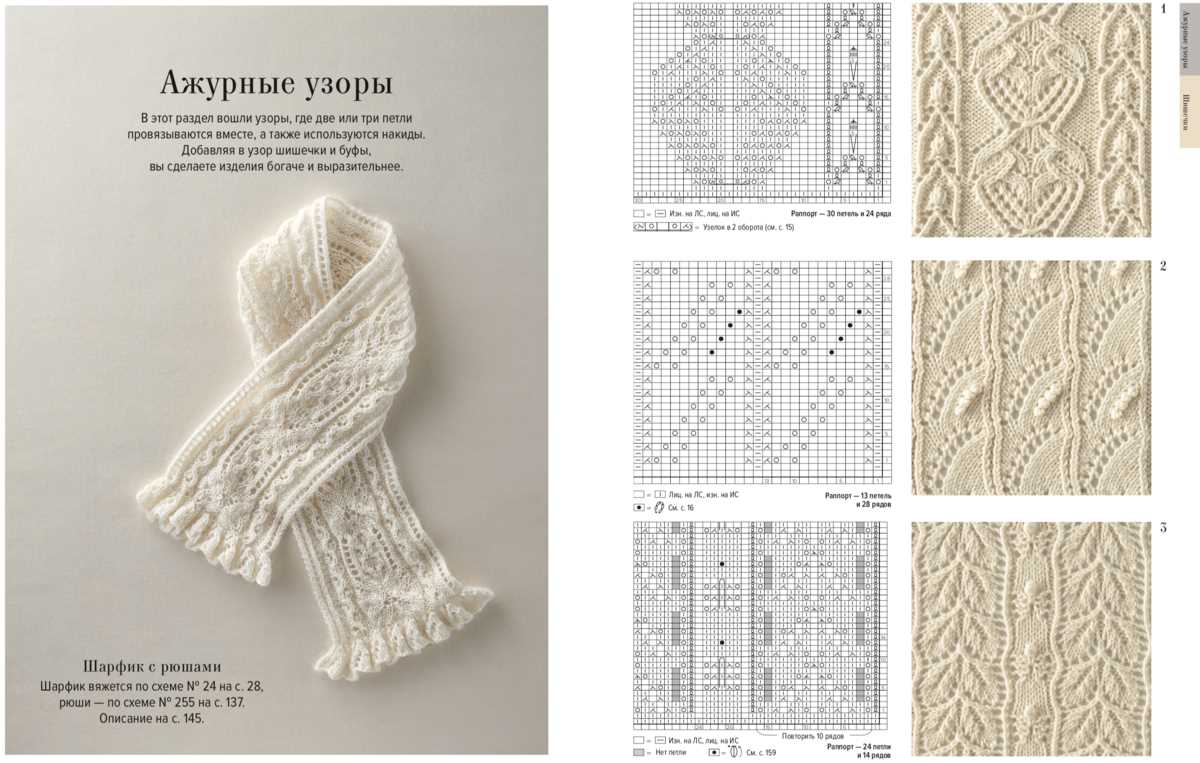
In recent years, contemporary Japanese knitting designs have gained popularity for their minimalist and modern aesthetic. These patterns often feature clean lines, simple shapes, and neutral color palettes. They are perfect for knitters who prefer a more understated and timeless look.
One of the most popular contemporary Japanese knitting designs is the “boshi” or hat pattern. These hats are known for their unique construction and intricate stitch patterns. They are often knit in fine yarns and feature delicate lacework, creating a stylish accessory for any outfit.
Whether you prefer traditional or contemporary designs, Japanese knitting patterns offer a wide range of options for knitters of all skill levels. With their meticulous attention to detail and beautiful motifs, these patterns are sure to inspire and delight knitters around the world.
Where to Find Japanese Knitting Patterns
Japanese knitting patterns have gained popularity worldwide due to their intricate designs, detailed instructions, and exquisite finished projects. For those who are interested in exploring this unique style of knitting, there are several online resources and books available that offer a wide range of Japanese knitting patterns.
Online resources:
- Ravelry: Ravelry is a popular online community for knitters and crocheters, and it features a vast collection of knitting patterns from different countries, including Japan. Users can browse through various categories, styles, and difficulty levels to find the perfect Japanese knitting pattern.
- Knit Japan: Knit Japan is an online store that specializes in Japanese knitting patterns and books. They offer a wide selection of patterns in different languages, including English, and provide detailed descriptions and images for each pattern.
- Japan Craft: Japan Craft is an online shop based in the UK that sells a variety of Japanese craft supplies, including knitting patterns. They have a collection of books that feature traditional and contemporary Japanese knitting patterns, as well as knitting kits.
Books:
If you prefer flipping through the pages of a physical book, there are several Japanese knitting pattern books available:
- “Japanese Knitting Stitch Bible” by Hitomi Shida: This book is a treasure trove of intricate stitch patterns and motifs, showcasing the unique style of Japanese knitting.
- “250 Japanese Knitting Stitches” by Nihon Vogue: This comprehensive guide features a wide range of knitting stitch patterns, suitable for both beginners and advanced knitters.
- “Reversible Knitting Stitches” by Hitomi Shida: This book focuses on reversible knitting stitches, perfect for creating versatile and beautiful garments.
Whether you choose to explore online resources or dive into a Japanese knitting pattern book, you’re sure to find inspiration and expand your knitting skills with the intricacies of Japanese knitting patterns.
Tips for Knitting Japanese Patterns
Japanese knitting patterns are known for their intricate designs and attention to detail. While they may seem intimidating at first, with a little practice and understanding, you can successfully navigate and create beautiful projects from these patterns. Here are some tips to help you get started:
1. Familiarize yourself with the symbols
One of the main differences in Japanese knitting patterns is the use of symbols instead of written instructions. Take the time to learn and understand the symbols used in the pattern you are working on. This will make it much easier to follow along and execute the stitches correctly.
2. Use a stitch dictionary
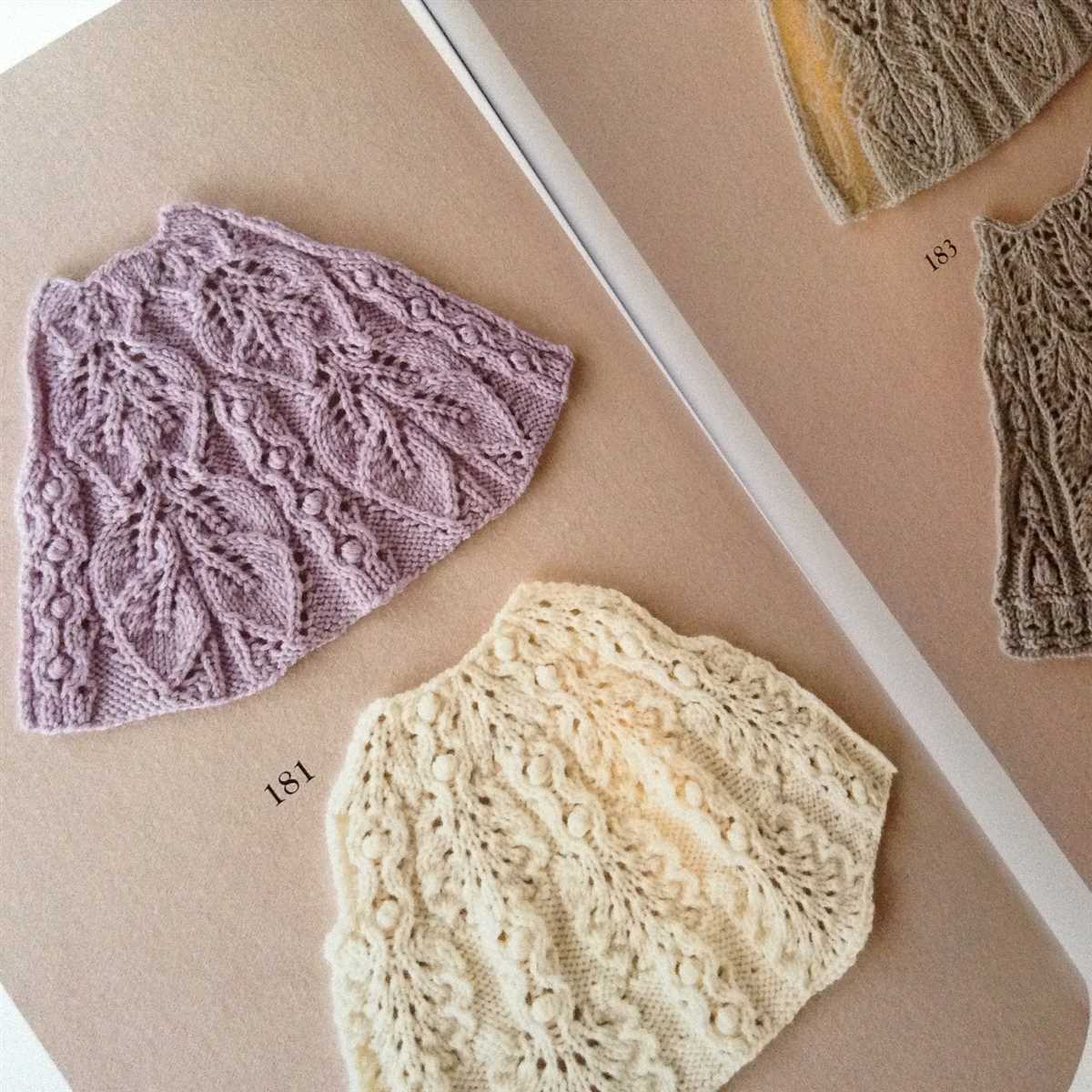
If you come across a symbol that you are unfamiliar with, consult a stitch dictionary specific to Japanese knitting. These dictionaries provide detailed explanations and visual representations of each symbol, making it easier to decipher the pattern.
3. Pay attention to the stitch gauge
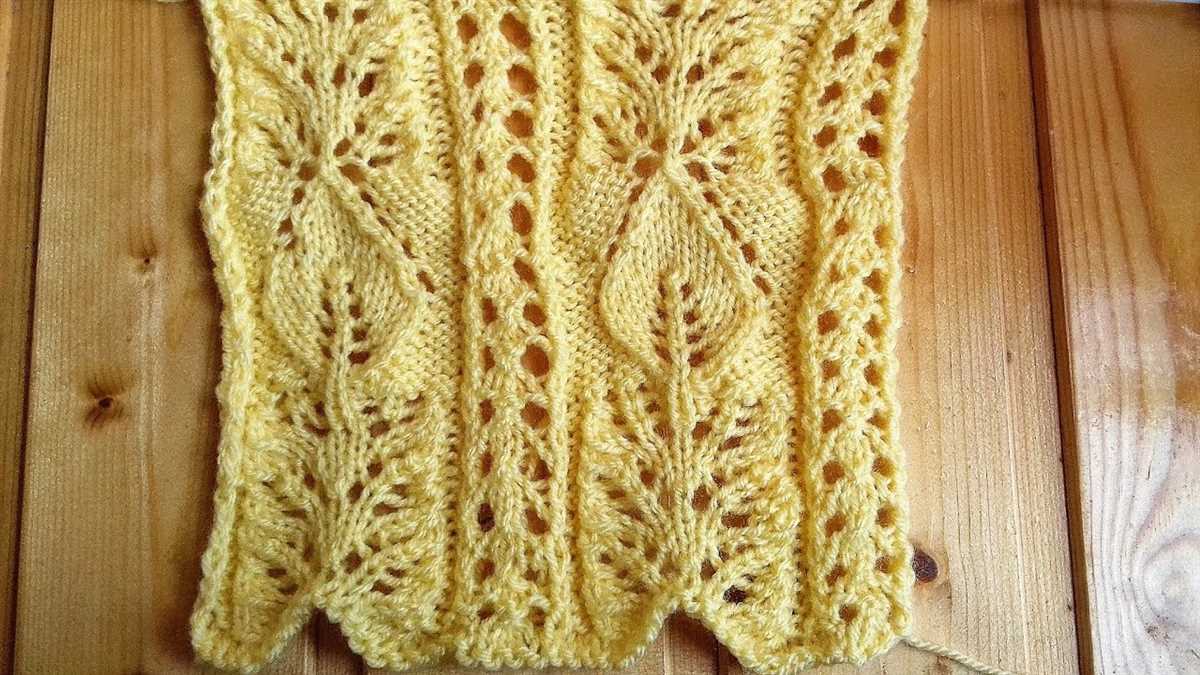
Japanese knitting patterns often provide stitch gauges in centimeters rather than the standard stitches per inch. Take your time to measure and swatch your stitches to ensure that you are achieving the correct gauge. This will help ensure that your finished project turns out the right size.
4. Follow the charts
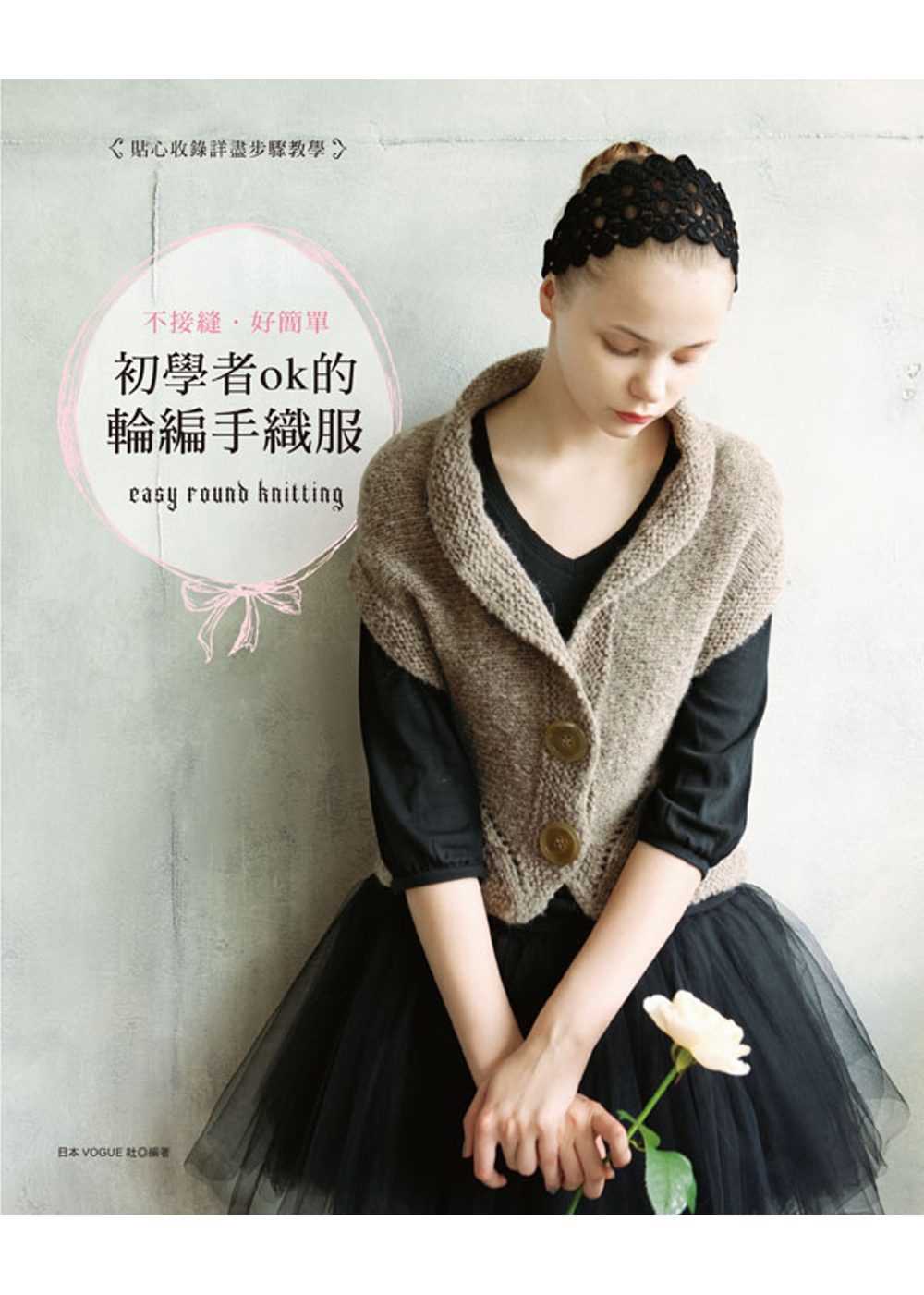
In many Japanese knitting patterns, the majority of the instructions are conveyed through charts instead of written explanations. Practice reading and following these charts to understand the pattern’s flow and construction. It may take some time to get accustomed to this method, but it will become easier with practice.
5. Use a lifeline
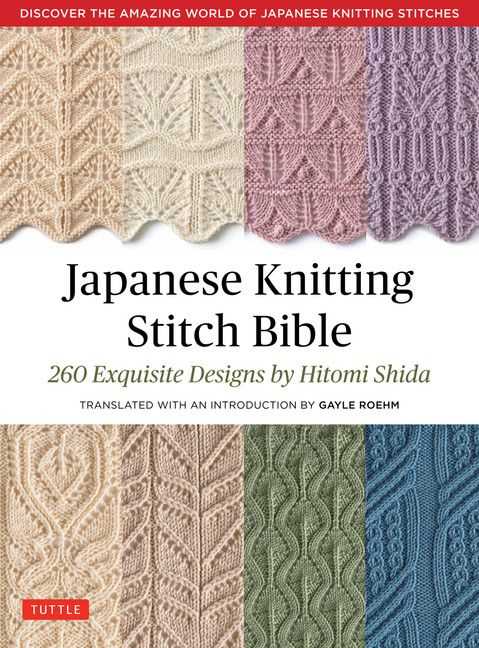
When working on complex lace or cable patterns, it can be helpful to insert a lifeline after completing a section. This involves threading a contrasting yarn through the stitches, creating a safety net in case you make a mistake and need to rip back. It saves time and frustration when you can quickly revert to a previous point in the pattern.
With these tips in mind, don’t be afraid to take on a Japanese knitting pattern. The beauty and intricacy of these designs make them well worth the effort. Enjoy the process and challenge yourself to create stunning pieces using this unique style of knitting.
Translating Japanese Knitting Patterns
When it comes to knitting, Japanese patterns have their own unique style and aesthetic. They often feature intricate lacework, delicate details, and beautiful textures. However, for those who are not fluent in Japanese, translating these patterns can be a challenge. Here are some helpful tips and techniques to successfully decipher Japanese knitting patterns.
1. Familiarize Yourself with Common Knitting Terms: Before attempting to translate a Japanese knitting pattern, it’s essential to have a good understanding of common knitting terms in Japanese. This will help you identify and interpret the different instructions and techniques used in the pattern.
2. Utilize Japanese-English Knitting Dictionaries: There are several Japanese-English knitting dictionaries available that can assist you in translating specific knitting terms or phrases. These dictionaries provide translations, explanations, and even diagrams to help clarify the instructions.
3. Pay Attention to Diagrams and Charts: Japanese knitting patterns often rely heavily on visual aids, such as diagrams and charts. These visual representations can be invaluable in understanding the overall structure and stitch patterns. Take the time to study and analyze these visuals to grasp the pattern’s construction and stitch motifs.
4. Seek Help from Experienced Knitters: If you’re still struggling to translate a Japanese knitting pattern, don’t hesitate to reach out to experienced knitters who are familiar with Japanese patterns. They may be able to offer guidance, tips, or suggestions to help you navigate the pattern more easily.
5. Start with Simpler Projects: If you’re new to Japanese knitting patterns or translation, it’s wise to start with simpler projects first. This will allow you to gradually build your knowledge and understanding of the language and knitting techniques used in these patterns.
In conclusion, translating Japanese knitting patterns requires a combination of language skills, knitting knowledge, and practice. By familiarizing yourself with common knitting terms, utilizing dictionaries, paying attention to visuals, seeking help, and starting with simpler projects, you can successfully decode the beauty and intricacies of Japanese knitting patterns.
Knitting Supplies for Japanese Patterns
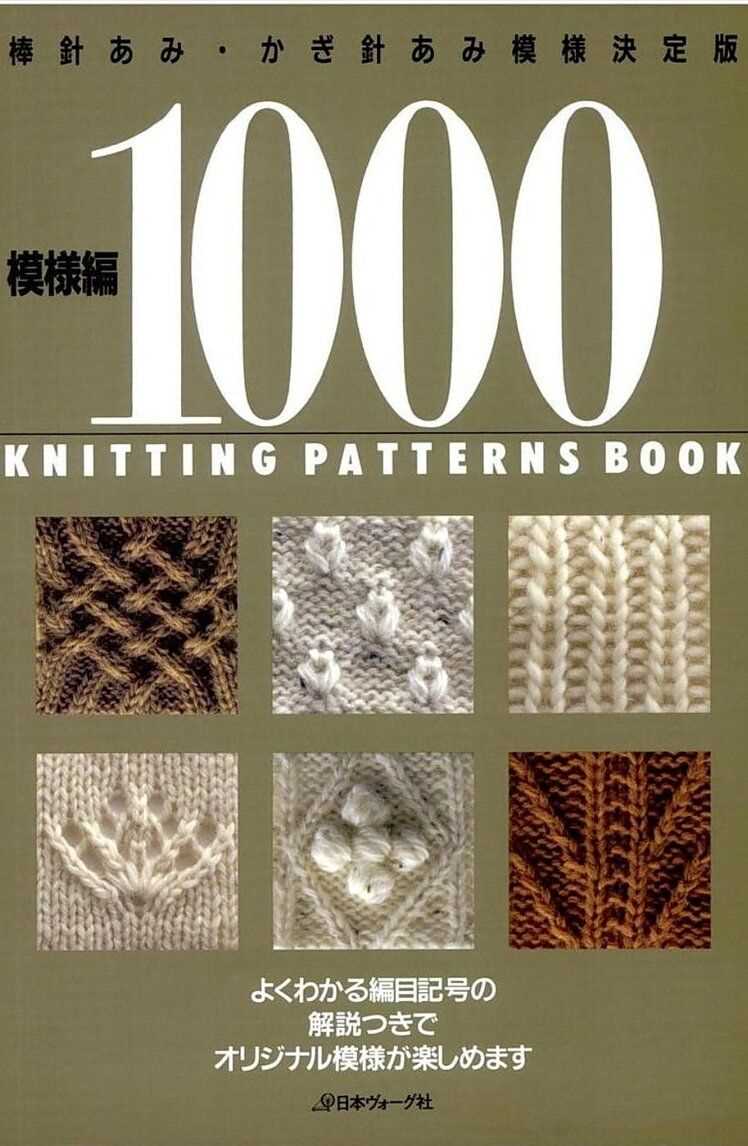
When working with Japanese knitting patterns, it’s important to have the right knitting supplies on hand to ensure successful and accurate results. Japanese knitting patterns often feature intricate designs and techniques, so having the appropriate tools and materials is essential.
1. Needles: Japanese knitting patterns typically call for different needle sizes and types depending on the project. Circular needles are commonly used, as they allow for easy knitting in the round and can accommodate larger projects like sweaters or blankets. Double-pointed needles are also used for smaller projects like socks or gloves. It’s important to have a variety of needle sizes to match the gauge and tension specified in the pattern.
2. Yarn: Japanese knitting patterns often specify the type and weight of yarn to be used. Traditional Japanese yarns such as silk or cotton are popular choices for their lightweight and breathable qualities. It’s important to match the recommended yarn weight and fiber content to achieve the desired drape and texture of the finished garment.
3. Stitch markers: Stitch markers are useful tools for keeping track of stitch patterns and shaping in Japanese knitting patterns. They can be used to mark the beginning of a round, indicate increases or decreases, or highlight specific sections of the pattern. It’s helpful to have a variety of stitch markers in different sizes and shapes to accommodate the different stitch patterns used in Japanese knitting.
4. Japanese knitting books: In addition to physical knitting supplies, Japanese knitting patterns are often found in Japanese knitting books or magazines. These resources provide a wealth of inspiration and unique designs, but it’s important to note that they are typically written in Japanese and may require some knowledge of Japanese knitting symbols and terminology. It can be helpful to invest in a Japanese knitting stitch dictionary or reference guide for easy translation and understanding of the patterns.
By having the right knitting supplies and resources, you’ll be well-equipped to take on the intricate and beautiful designs found in Japanese knitting patterns. Whether you’re a beginner or an experienced knitter, exploring the world of Japanese knitting can open up a whole new world of creativity and inspiration.
Japanese Knitting Patterns for Beginners
If you are a beginner in knitting and want to try out Japanese knitting patterns, you are in for a treat. Japanese knitting patterns are known for their simplicity, elegance, and attention to detail. They often feature intricate stitch patterns, beautiful textures, and unique designs. Whether you are knitting a sweater, scarf, or hat, Japanese patterns offer a wide range of options for beginners to explore.
1. Clear and Detailed Instructions: One of the great things about Japanese knitting patterns is that they typically come with clear and detailed instructions. Even as a beginner, you can follow along easily and understand the steps involved. The patterns often include diagrams, charts, and illustrations that make it easier to visualize and execute the knitting techniques correctly.
2. Focus on Simple Techniques: Japanese knitting patterns for beginners often focus on simple techniques. They introduce basic stitches and gradually build on them to create more complex designs. This approach allows beginners to learn and practice new skills while still creating beautiful and wearable pieces.
3. Emphasis on Quality and Finishing: Japanese knitting patterns also emphasize the importance of quality and finishing. They provide instructions on how to achieve a polished look, such as using neat edges, joining seams seamlessly, and blocking the finished pieces. This attention to detail ensures that the final product looks professional and well-crafted.
4. Inspiration from Nature and Tradition: Many Japanese knitting patterns draw inspiration from nature and traditional Japanese art forms. You may find patterns that feature delicate cherry blossom motifs, geometric patterns inspired by origami, or designs inspired by traditional kimono fabrics. This unique blend of nature and tradition adds an extra dimension to your knitting projects and makes them even more special.
Overall, Japanese knitting patterns for beginners offer an excellent opportunity to learn new skills while creating beautiful and unique pieces. With their clear instructions, focus on simple techniques, emphasis on quality, and inspiration from nature and tradition, these patterns will inspire and delight knitters of all levels. So, why not give them a try and embark on a knitting journey infused with Japanese charm?
Japanese Knitting Patterns for Intermediate Knitters

If you have mastered the basics of knitting and are looking to challenge yourself with more intricate and complex patterns, Japanese knitting patterns are a great option. Known for their attention to detail and unique designs, Japanese knitting patterns offer a wide range of options for intermediate knitters.
1. Lace Patterns: Japanese knitting patterns often feature beautiful lace designs that add an elegant touch to any project. These lace patterns can range from delicate and intricate to bold and geometric, allowing you to create stunning garments and accessories.
2. Cable Patterns: Cable knitting is another popular technique in Japanese knitting patterns. With their intricate twists and turns, cable patterns add texture and depth to your knitting projects. From simple braided cables to more complex panel designs, there are endless possibilities to explore.
3. Colorwork Patterns: Japanese knitting patterns also excel in incorporating colorwork into their designs. Whether it’s fair isle, intarsia, or stranded knitting, you can find a variety of colorwork patterns that will challenge and inspire you. These patterns often feature traditional motifs and color combinations that are unique to Japanese culture.
4. Charted Designs: Many Japanese knitting patterns use charted designs rather than written instructions. While this may require some getting used to, charts can be a great way to visualize complex patterns and make them easier to follow. They also allow for more precise stitch placement, resulting in a more polished finished product.
5. Garment Construction: Japanese knitting patterns often focus on creating garments with unique construction techniques. From seamless sweaters to cleverly shaped sleeves, these patterns will help you expand your knowledge and skills in garment-making. They also provide detailed instructions and diagrams to guide you through each step of the process.
Whether you’re looking to challenge yourself or simply explore new knitting techniques, Japanese knitting patterns for intermediate knitters are a fantastic resource. With their intricate designs, attention to detail, and unique construction methods, these patterns will take your knitting to the next level and help you create stunning and one-of-a-kind projects.
Japanese Knitting Patterns for Advanced Knitters
If you are an advanced knitter looking for a challenge and want to expand your skills, Japanese knitting patterns are the perfect choice. These patterns often feature intricate stitch patterns, unique shaping techniques, and beautiful designs that will push your knitting abilities to the next level.
One characteristic of Japanese knitting patterns is their attention to detail. From lace motifs to delicate cable designs, these patterns incorporate intricate stitch patterns that create stunning finished projects. Advanced knitters will appreciate the opportunity to work on complex stitch combinations and explore the world of intricate lace knitting.
Unique Shaping Techniques
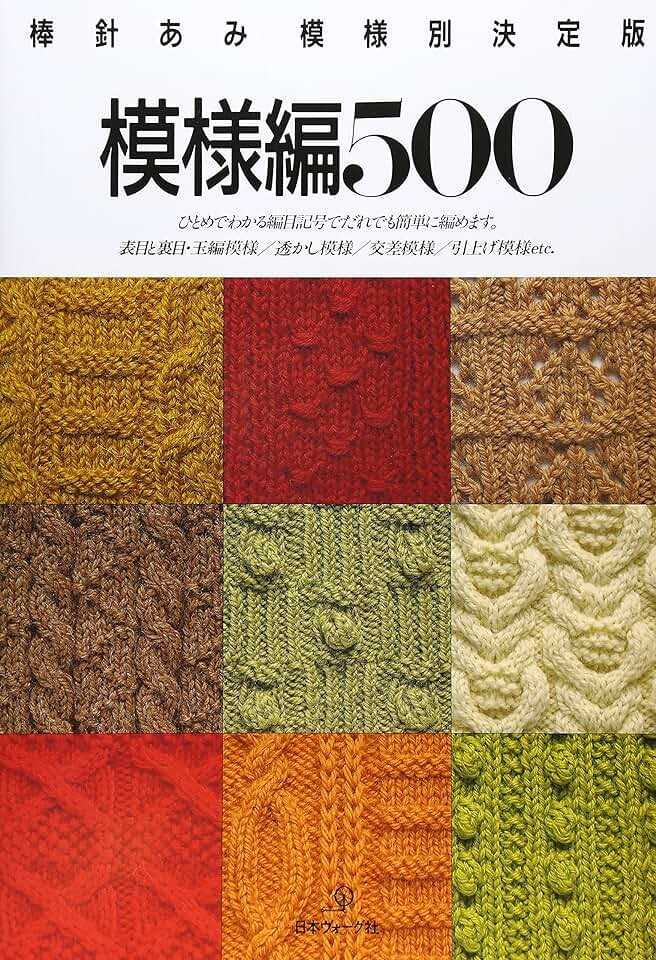
Japanese knitting patterns are known for their innovative shaping techniques. Knitters will encounter unusual construction methods that may require working multiple pieces and then joining them together in unexpected ways. These techniques challenge knitters to think outside the box and experiment with new approaches to garment construction.
Additionally, Japanese patterns often feature unique construction details, such as hidden pockets, pleats, or unconventional closures. These thoughtful design elements add an extra level of interest to the knitting process and result in garments that are not only beautiful but also functional.
Beautiful Designs
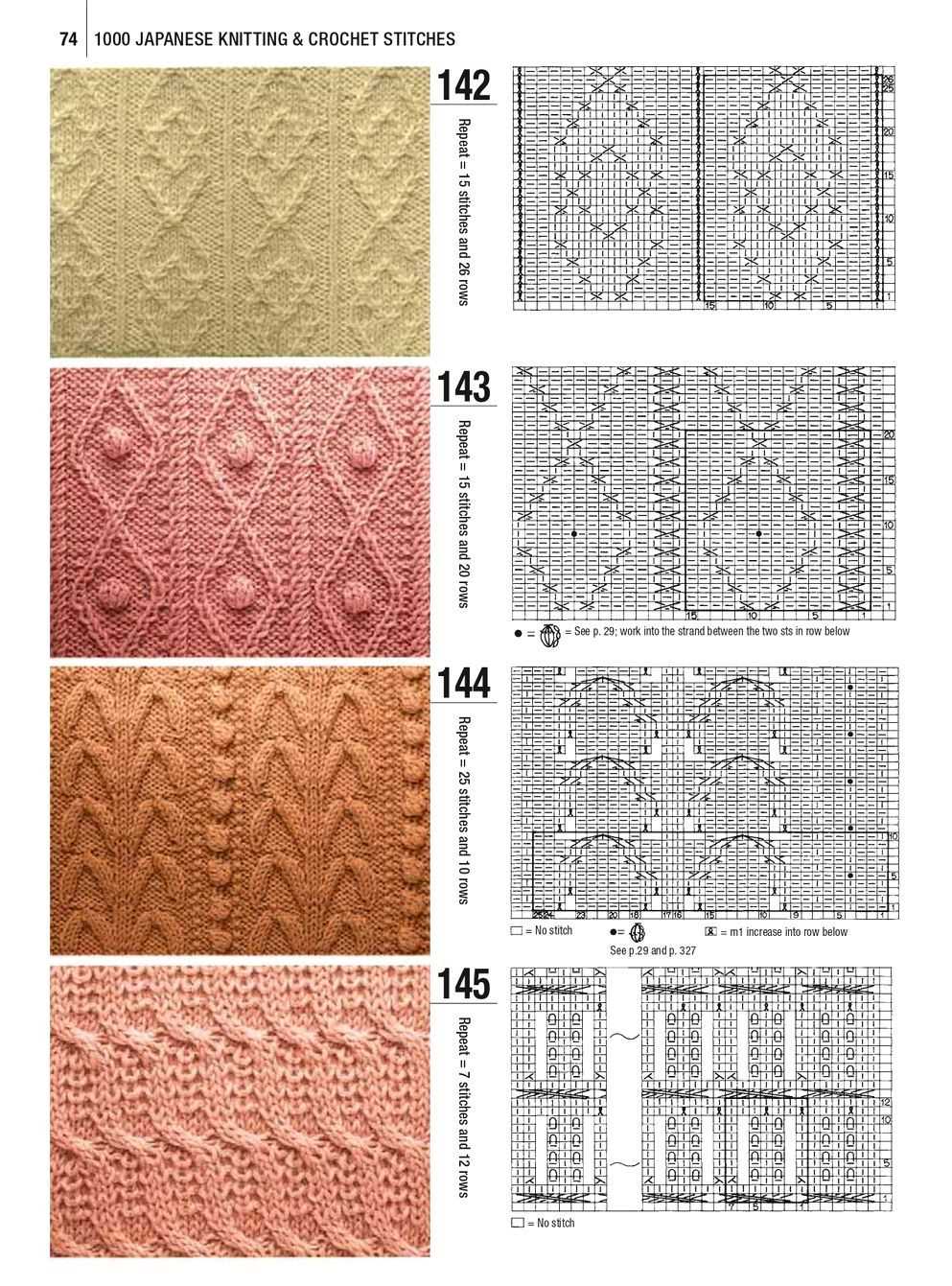
Japanese knitting patterns are renowned for their exquisite designs. Whether you’re looking to create a cozy sweater, a delicate shawl, or an intricate pair of socks, you’ll find a wide range of beautiful patterns to choose from.
In addition to their stunning stitch patterns, Japanese knitting patterns often incorporate traditional motifs and symbols, adding a touch of cultural significance to your projects. These designs allow you to create unique and meaningful pieces that stand out from the crowd.
Conclusion
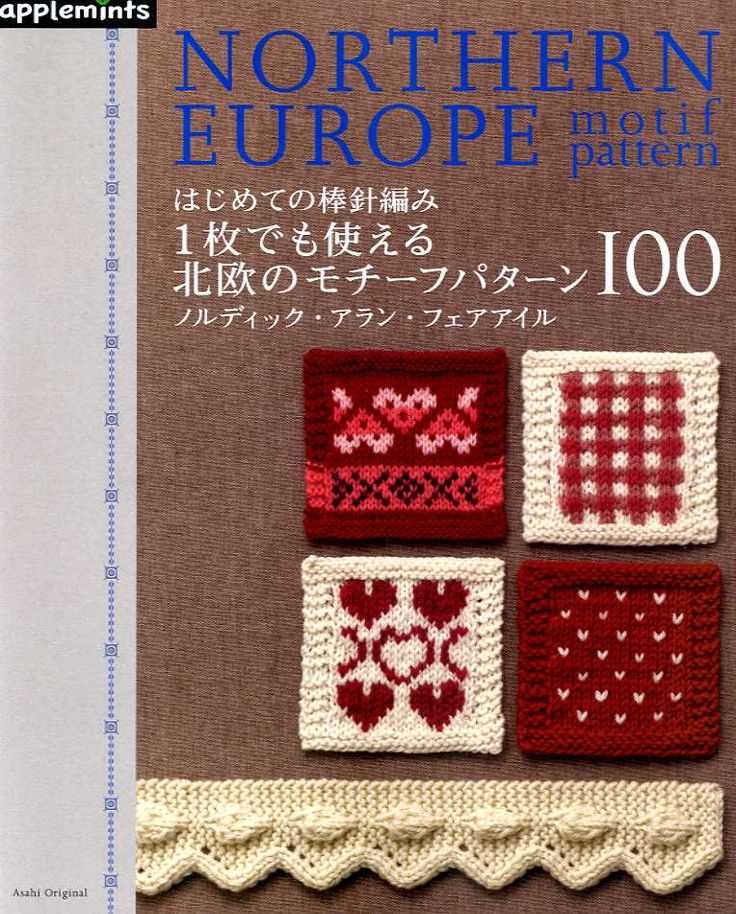
Japanese knitting patterns offer advanced knitters the opportunity to expand their skills and create truly exceptional projects. With their attention to detail, unique shaping techniques, and beautiful designs, these patterns provide a challenging and rewarding knitting experience. So why not take your knitting to the next level and explore the world of Japanese knitting patterns?